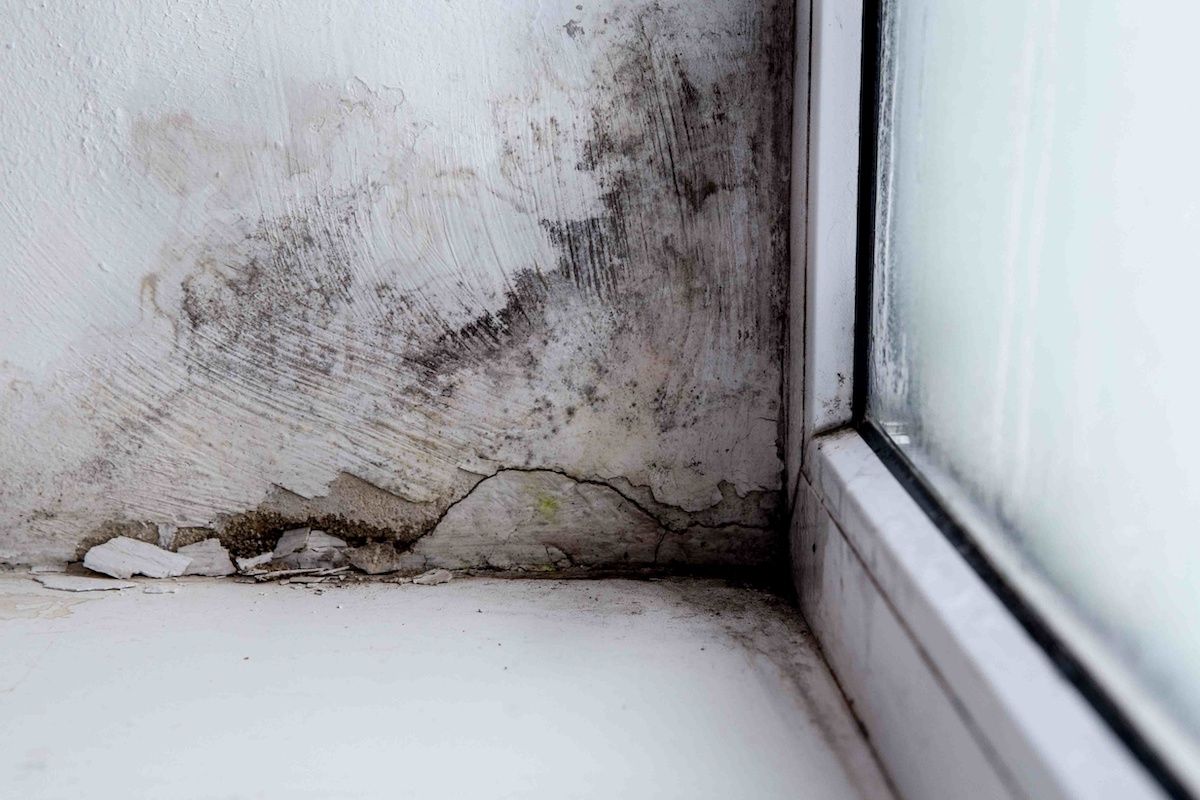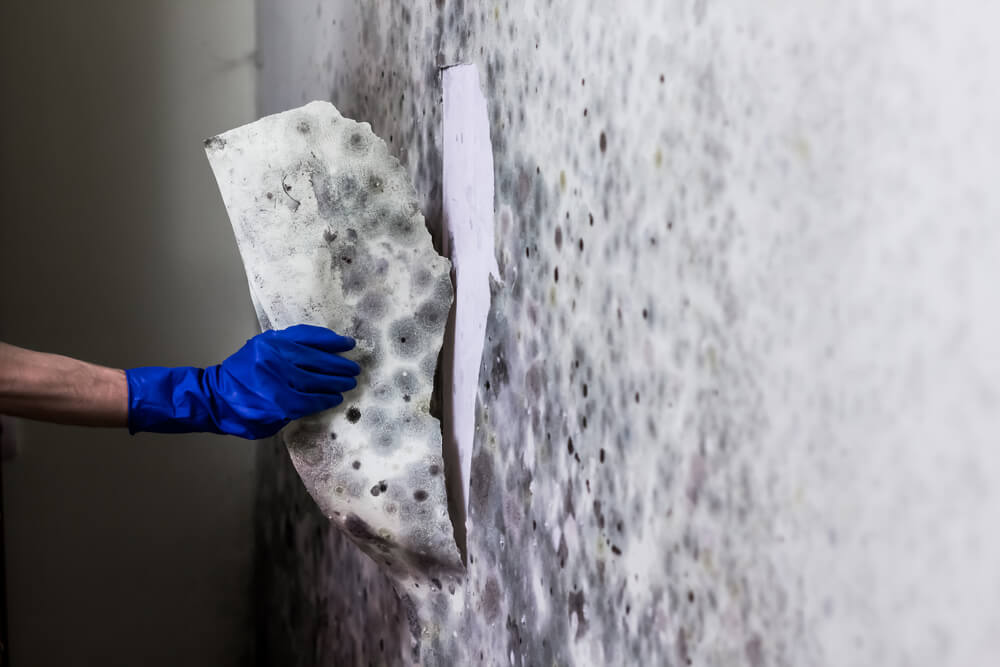Essential Steps After Mold Remediation
Essential Steps After Mold Remediation
Blog Article
Your Ultimate Guide to Article Mold And Mildew Removal Strategies
In the after-effects of mold and mildew invasion, recognizing exactly how to successfully get rid of the mold and mildew and prevent its reoccurrence is vital for preserving a healthy interior environment. From choosing the best cleaning and sanitizing techniques to carrying out techniques for long-lasting mold prevention, each action in the removal trip plays a critical duty in making certain a successful result.
Comprehending Post-Mold Removal Process
After finishing the mold remediation procedure, it is essential to comprehend the post-mold removal strategies that are essential to ensure a extensive and efficient clean-up. Once the mold has been removed, the following step includes cleaning and sanitizing the impacted areas to stop any regrowth of mold. This consists of making use of specialized cleaning agents to clean down surfaces and kill any continuing to be mold spores. It is vital to dry the area completely to dissuade the growth of mold in the future (testing air quality after mold remediation). Appropriate ventilation and dehumidification can aid in this procedure.
Moreover, performing a final examination post-remediation is essential to guarantee that all mold and mildew has been effectively eradicated. This inspection must include a comprehensive visual check in addition to perhaps air tasting to verify the lack of mold spores airborne. Added remediation might be needed if the examination reveals any kind of lingering mold. Enlightening occupants on preventative actions such as controlling dampness levels and immediately resolving any water leakages can aid keep a mold-free environment.
Reliable Cleaning and Disinfecting Techniques

Avoiding Future Mold And Mildew Growth

Relevance of Appropriate Air Flow
Appropriate ventilation plays an essential role in protecting against wetness build-up, a vital consider mold development within interior settings. Effective air flow systems aid eliminate excess moisture from the air, decreasing the possibilities of mold and mildew spores discovering the their website wetness they require to spread and sprout. Without sufficient air flow, indoor rooms can end up being a reproduction ground for mold, causing prospective wellness risks and architectural damage.
By making certain proper air flow, ventilation systems can additionally aid in drying damp locations quicker after water damage or flooding events, additionally discouraging mold development. Post Remediation verification. In areas like bathrooms, basements, attics, and kitchen areas where dampness degrees have a tendency to be greater, setting up and preserving effective air flow systems is critical in avoiding mold and mildew infestations

Monitoring and Maintenance Tips
Provided the important duty that proper air flow plays in avoiding mold and mildew development, it is critical to develop reliable tracking and maintenance suggestions to ensure the ongoing performance of ventilation systems. Normal assessments of air flow systems must be performed to examine for any indications of obstructions, leaks, or malfunctions that can impede appropriate air movement. Surveillance humidity levels within the residential or commercial property is additionally critical, as high moisture can add to mold development. Setting up a hygrometer can help track moisture levels and alert home owners to any type of spikes that might require attention. Additionally, making certain that air filters are on a regular basis cleaned or replaced is necessary for maintaining the performance of the air flow system. Applying a routine for regular upkeep jobs, such as air duct cleansing and a/c system examinations, can help avoid concerns prior to they intensify. By staying positive and attentive to the condition of air flow see here now systems, residential property proprietors can properly reduce the danger of mold and mildew regrowth and maintain a healthy and balanced interior atmosphere.
Verdict
Finally, post-mold removal strategies are important for making sure a secure and clean environment. Comprehending the process, executing reliable cleansing and disinfecting techniques, avoiding future mold and mildew growth, keeping proper ventilation, and routine tracking are all important steps in the removal procedure. By adhering to these guidelines, you can effectively remove mold and avoid its return, promoting a healthy living or functioning area for all passengers.
In the aftermath of mold and mildew invasion, knowing how to successfully remove the mold and mildew and avoid its reoccurrence is vital for keeping a healthy indoor setting. As soon as the mold and mildew has actually been gotten rid of, the next action includes cleaning and disinfecting the affected locations to stop any regrowth of mold and mildew - Post Remediation verification. After eliminating noticeable mold and mildew growth, it is important to cleanse all surfaces in the afflicted location to remove any remaining mold spores. To better boost mold and mildew prevention actions, it is necessary to deal with underlying issues that initially led to mold and mildew development.Offered the essential duty that proper ventilation plays in stopping mold remove mold on siding and mildew growth, it is necessary to establish reliable surveillance and upkeep pointers to ensure the ongoing functionality of ventilation systems
Report this page